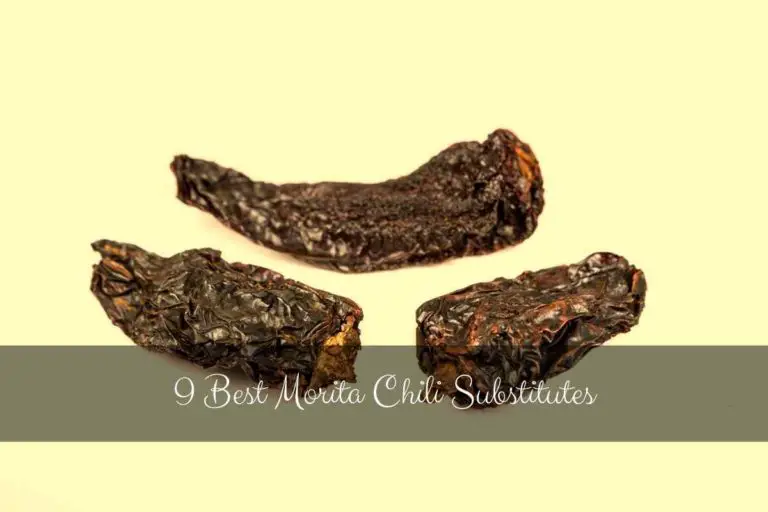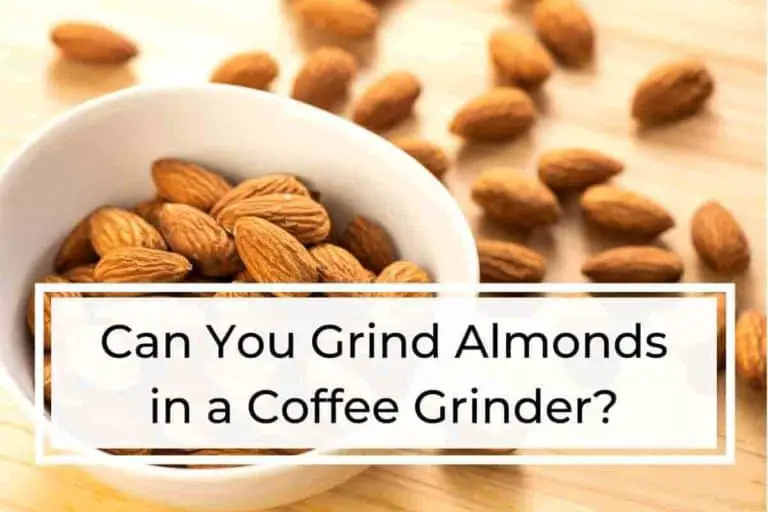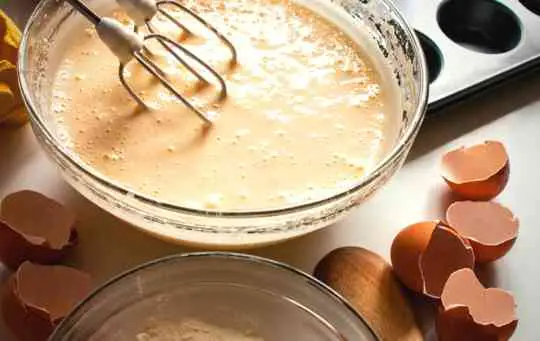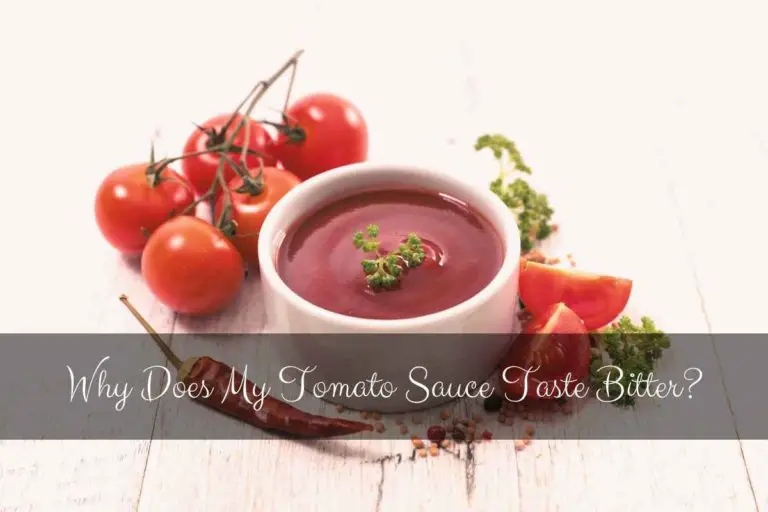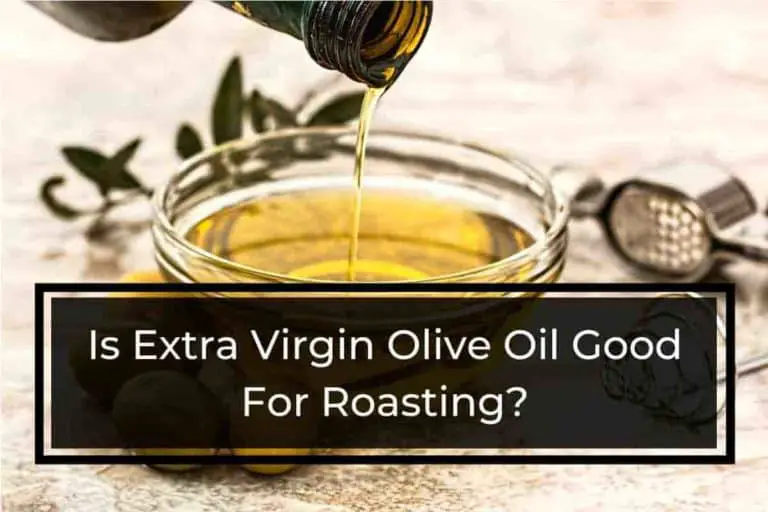Are Gel Food Colors Oil Based: A Detailed Guide
Gel food colors are popular due to their vibrant colors and are used instead of liquid food coloring when you aren’t comfortable using liquid color. Gel colors are thicker and seem more paste-like, so it’s essential to know whether they’re oil-based or not.
Is gel food coloring oil based? Gel food colors are typically water-based. They do not contain oil since they are made of sugar, corn syrup, starch, glycerol, and water. As these colors are water-based, they dissolve only in water-based foods. You cannot add them to high-fat foods since they do not contain oil, so that you can use simple oil-based colors instead.
Gel food colors are most often used for large batches of icings and food because the color is deep and vibrant, even with just a drop. If you want to learn more about how gel food colors are made, do gel food colors expire and how to make them, then keep reading below!
If you are interested in checking out the best gel food colors, you can find them here.
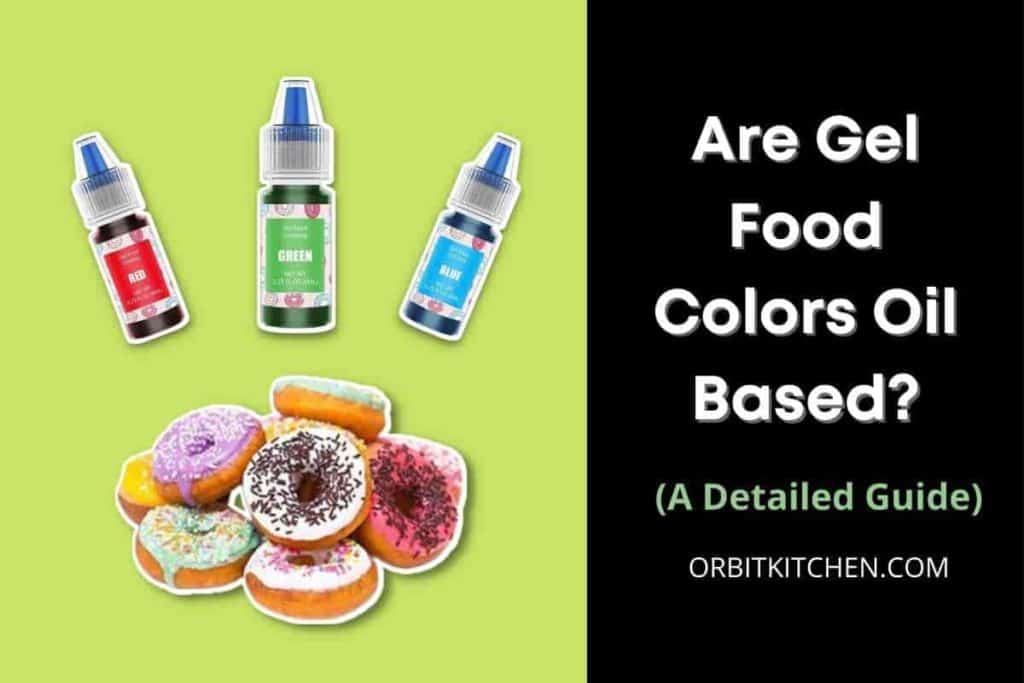
How are Gel Food Colors Made?
Gel food colors are formulated synthetically with water, corn syrup, and glycerin. The textures of gel food colors are denser than those of liquid colors. Food and baked items are more likely to be colored with gel food colors due to their vicious nature.
The two main ingredients in gel food colors are glycerin and corn syrup. All companies that manufacture them use these two ingredients and other ingredients like sugar, sorbitol, and grain starch.
Regular gel food colors consist of corn syrup, sugar, modified corn starch, water, citric acid, water potassium sorbate(preservative), sodium citrate, glycerin, Agar, or vegetable gum, and synthetic colors.
In addition, the gel food colors are concentrated gel-based colors best used to tint buttercream, icings, and frostings as it gives a very vibrant and bright color without affecting its consistency. These colors provide the food with an incredibly striking appearance and clarity of color without unnecessary liquids.

If you like these tasteless gel food coloring set for cake decorating and baking, you could find more details about them from Amazon here.
Moreover, the gel food colors can give darker colors with only a few drops than one teaspoon of liquid food color. It is an allergen-free and gluten-free food color, suitable for vegetarians and vegans.
Make sure you also check out our guide to the 47 Food That Starts With E.
Which Type of Oil is Used in Gel Food Colors?
The standard gel food colors do not contain any oil in their ingredients. They are made water-based and cannot dissolve in oil. Gel food colors are vicious, that’s why most of you think it is oil-based, but corn syrup and glycerin give a very thick texture to gel food colors.
Gel food colors are therefore very concentrated and thick and are not “liquid” in nature like regular liquid food colors, so it does not add any additional liquid to the food or frostings. Nowadays, food color companies manufacture gel food colors that contain oil in their ingredients, rather than the traditional gel food colors containing no oil.

These Wilton gel food colors come in a set of 12-Piece and are liked by thousands of customers. If you’re interested in purchasing this coloring set, you can easily order it from Amazon here.
Oil-Based Gel Food Colors
The oil-based gel food colors are made with colorless carrier oils, usually vegetable oils such as coconut oil, soya oil, sunflower oil, avocado oil, etc. Some are odorless, while others have a sweet, nutty smell. Plant seeds and kernels are the sources of these oils.
In contrast to essential oils, vegetable oils such as coconut oils work best in oil-based food colors. It is a natural and healthier oil, which makes the gel food color safer to use.
Which Type of Food Colors are Oil Based?
The food colors, which should dissolve in fat-based food like buttercream and chocolates and dissolve easily in oil, are oil-based. For further confirmation, check the ingredients of the color, if it includes oil or any fat-based thing. Only oil-based food colors are suitable for coloring high-fat buttercream. After all, it is easy to blend in and candies because it prevents any sugar crystallization and gives a nice color to them.

If you wish to buy these Oil Based Food Colors, you may find them on Amazon here.
How to Know if a Food Color is Oil Based?
Add food color to the water, if the color dissolves, it is water-based food color, and if it does not dissolve, it is oil-based food color. Because oil never mixes in the water and oil-based food colors include oil, this test would help you to differentiate oil-based food colors.
When you add oil-based food color to the water, the oil will get separated from the food color. Oil is less dense than food color, so it will move to the surface while the color droplets will start submerging in the bottom.
Read Also: Does Gel Food Color Expire?
Can You Make Gel Food Color at Home?
You can make gel food color at home using natural fruits and vegetables, which is safer than commercial chemicals gel food colors. It is more economical, works the same as a regular gel food color, and has consistency.
Another way of making gel food colors at home is to take powder food color, add the same amount of cornstarch in water and then add it to the powder food color until it reaches a thick consistency. To get the best results, follow the following DIYS for making natural gel food colors at home.
Make sure to check our guide about Can You Use Vegetable Oil Instead of Olive Oil?
How to Make Gel Food Color at Home?
Here are some easy DIY recipes to make gel food colors at home which are safe, have some consistency, and are made with natural ingredients.
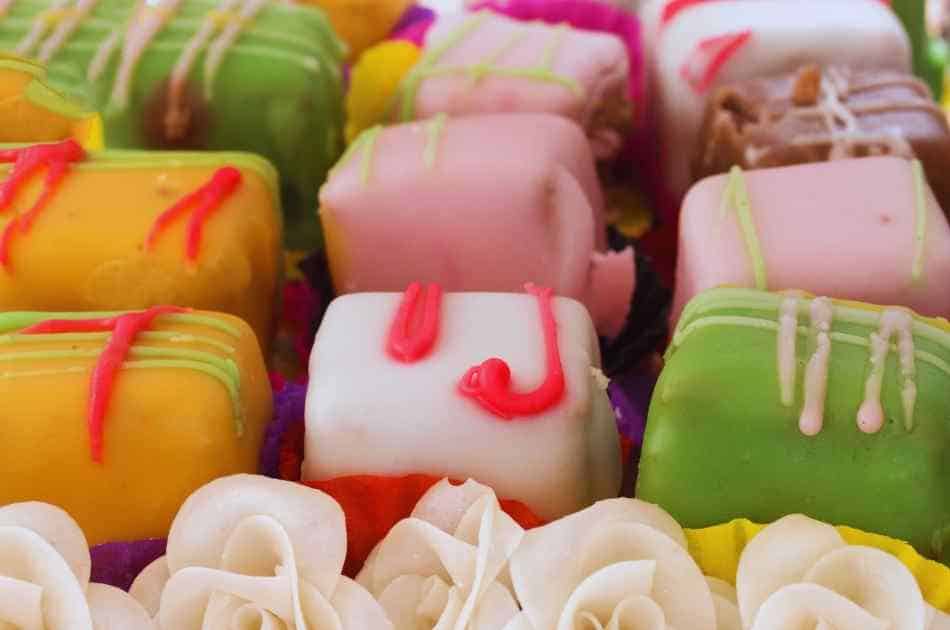
RED COLOR:
- Chop two medium beetroots roughly, add in a grinder, add one cup of water and make a smooth paste.
- It would be best to use the muslin cloth to strain the paste juice and pour it into the pan.
- Add three tbs of sugar and start melting it in the juice on a medium-high flame.
- Remove the foam from the juice to prevent any grains in the gel color. Keep heating and stirring until you get one thread consistency.
- When the juice reaches that consistency, remove it from the stove, add 1/2tsp of lemon juice(as it prevents sugar crystallization), and vanilla extract(for flavor).
- Preserve the gel food color in an airtight container, and you can you this natural color for up to three months in the refrigerator.
GREEN COLOR:
- Take 100g of spinach, wash it and put it into a pot; add one glass of water and boil spinach for at least 2-3 minutes.
- After boiling, strain out the spinach, then put it in cold water; after 2-3 minutes, add it to a grinder with a half cup of water and make a smooth paste.
- Strain the juice from the paste and add it to the pot for heating and concentrating.
- Cook the juice on medium-high heat for about 2-3 min with three tbs of sugar.
- When the juice reaches one thread, consistently remove it from flame and add lemon juice and vanilla extract. Preserve the natural green gel food color in an airtight container.
Note: Vegetable juices have a dominant taste, but the flavor is much weaker when combined with sugar.
YELLOW COLOR:
- Take one tbsp of sugar and 10mg saffron, grind it properly and make an even dry powder paste.
- Add 3tbs of sugar in a pan with one cup of water, and then add the sugar-saffron paste to it. Cook it on medium-high flame until it reaches the desired consistency.
- Check the consistency and then remove from the stove, add lemon juice and vanilla extract. Preserve the gel food color in a container.
PURPLE, PINK, and BLUE:
- Take one small red cabbage, chop it into small slices, and add a grinder with one cup of water to make a smooth paste.
- Strain the cabbage juice from the paste and cook in a pot with 3tbs of sugar until it reaches one thread consistency.
- Check the consistency, turn off the flame; the purple gel food color is ready, preserve it in an airtight container.
- Divide the remaining purple paste into two parts since red cabbage is a natural Ph indicator and changes colors according to the acidity of the food.
- Add lemon juice in the first paste; due to the acidic solution, it will turn pink; keep adding lemon juice until you get a nice pink color.
- For the last part of the red cabbage paste, add ¼ tsp of baking soda, mix it well until you notice a color change. Baking soda is a neutralized acid, so that it will change the purple color into blue. Preserve the blue gel food color in an airtight container.
Conclusion:
Gel food colors make your food vibrant, rich, and brilliant without adding extra liquid. Gel food colors are not oil-based because they do not contain oil in their ingredients.
Gel food colors are made up of many chemicals and are not safer to use, so it is better to make natural food colors at home with the above recipes that are safer, economical, and work the same.
FAQs:
How to Know If Food Coloring Is Oil Based?
Check the ingredient list on the food coloring package, if it contains oil or glycerin, it is likely to be oil-based.
How to Compare Oil Based Food Coloring Vs Gel?
Oil-based food coloring is more concentrated and produces a deeper color than gel food coloring, which is water-based and more diluted.
Are Gel Food Coloring Oil Based?
No, gel food coloring is water-based and not oil-based.
Is Wilton Gel Food Coloring Oil Based?
No, Wilton gel food coloring is not oil-based, it is water-based.
Is Gel Food Colouring Oil Based?
No, gel food coloring is not oil-based, it is water-based.
How to Make Oil Based Food Coloring?
To make oil-based food coloring, mix oil-soluble colorants with a food-grade oil such as vegetable oil or coconut oil until desired color is achieved.
What Are Oil Based Food Coloring?
Oil-based food coloring is a type of food coloring that uses oil or glycerin as a base instead of water. It is often used in products such as chocolate, candy melts, and cake decorating.

